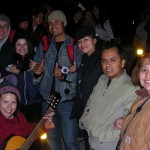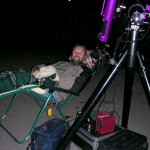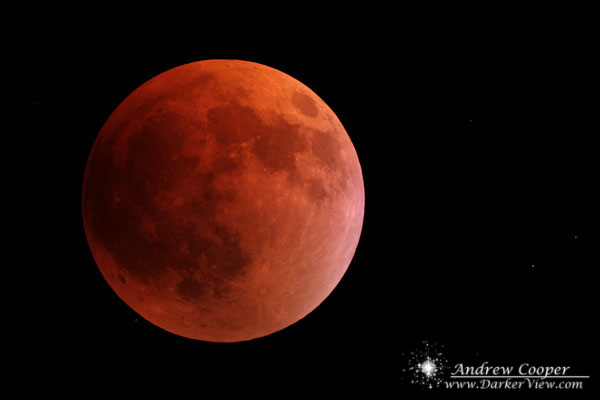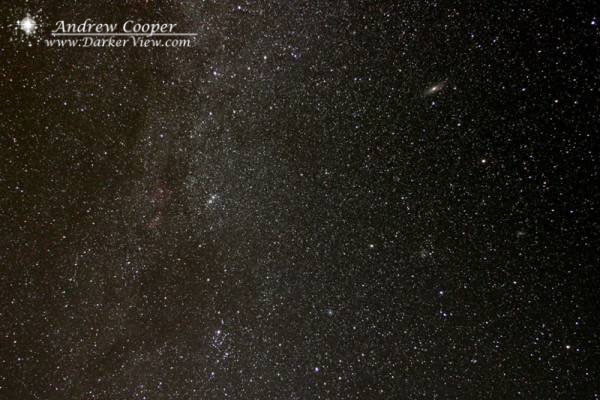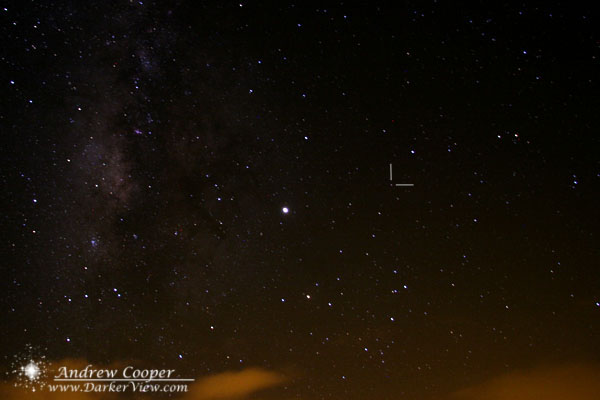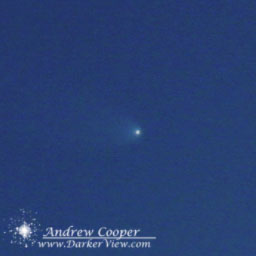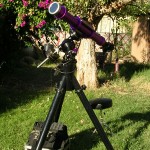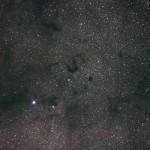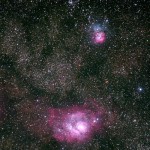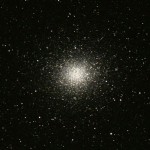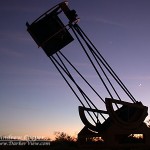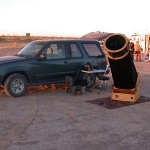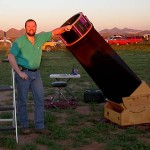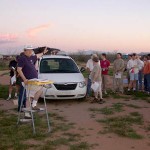How bright a laser beam is needed to allow good public presentations and a good astronomy education experience? In the United States legal green lasers are limited to 5 milliwatts (mW) by the Food and Drug Administration. Many of the lasers sold as 5mW are actually 3-4mW as it is necessary to stay below that limit if you wish to import the laser into the United States or to sell the laser across state lines. 5mW units are fine if you are under fully dark skies, but often you are not, there are city lights, or moonlight and the 5mW beam ceases to be usably visible. This is worse if you are working with a larger group and the distance from the presenter is larger, also making the beam less visible. In practice I have found a beam in the 20-30mW range is about ideal. These lasers are available from a number of sources for around $100. Good visibility in moonlight, good visibility in light polluted surroundings and good large group utility. But importantly, not powerful enough to be truly dangerous.
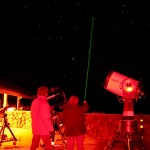
How do I come up with the 20-30mW number as being relatively safe? Being an engineer I understand safety margins and over specification and figured there must be a compromise. The trick was to find undistorted data, without the bias of overcautious bureaucrats. The data is out there on the web, but took some digging to find, many medical journal articles are hidden behind subscription services. Fortunately there are sources like PubMed that are freely and publicly accessible. Eventually I found and read several very informative papers on lasers and eye damage, looked at pictures of laser damage on monkey retinas and looked a damage done by visible lasers in the same sort of power class as those available for public work. I was surprised by actual human damage studies, done on patients who were having eyes removed due to conditions like cancer, where the researcher could do damage without harming the patient. What I was looking for was just what level of laser radiation is dangerous in practical use.
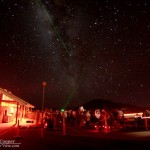
A 20-30mW laser needs to be treated with respect as injury is possible, but no more than any other dangerous tool we use every day. In practice damage with a laser at a sensible power level (20-30mW) would require prolonged exposure (>0.5sec) on a single site on the retina, requiring staring into the beam. The bright green light would elicit both a blink response and an aversion of the head and eye, particularly in a visually dark adapted environment. I would strongly discourage use of any laser 50mW or greater for public astronomy work. Some of the references showed significant damage inflicted with 50mW lasers and sub second exposures. Lasers at all power levels should be kept out of the hands of anyone too young to understand the implications of the danger posed by a laser.
Retinopathy From a Green Laser Pointer, Dennis M. Robertson, MD; Jay W. McLaren, PhD; Diva R. Salomao, MD; Thomas P. Link, CRA, Arch Ophthalmology 2005;123:629-633 [Note: direct testing of a 5mW green laser pointer on a human subject]
Assessment of Alleged Retinal Laser Injuries, Martin A. Mainster, PhD, MD; Bruce E. Stuck, MS; Jeremiah Brown, Jr, MD, MS, Arch Ophthalmol. 2004;122:1210-1217. [Note: good general discussion on the issues of laser injury and great reference list]

